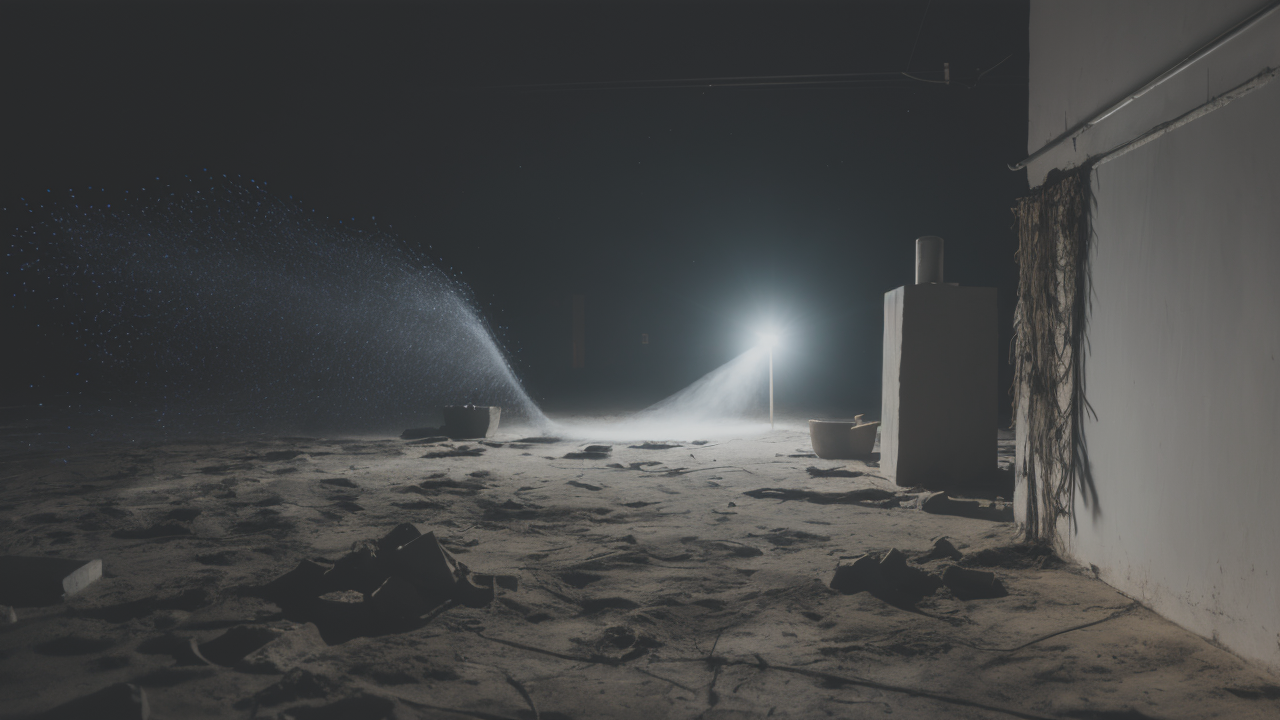
The Ultimate Guide to Using Plaster in Minimalist Art: From Concept to Creation
Understanding the Role of Plaster in Modern Art
The Aesthetic Appeal of Plaster in Minimalist Design
Plaster's role in minimalist art is profound. Its smooth, clean surface aligns with the simplicity of minimalism. Artists love plaster for its versatility and ability to create pure forms. It can be shaped into various textures, from rough to glass-like smoothness. This adaptability makes it perfect for minimalist sculptures and installations.

Plaster's neutral color adds to its appeal. It allows the form to speak for itself without distractions. Many artists leave plaster in its natural state to emphasize form over color. Others use it as a base for subtle color applications. Either way, plaster's inherent qualities support minimalist principles.
In minimalist design, less is more. Plaster embodies this idea perfectly. It can create bold, simple shapes that make a statement. These forms often invite viewers to reflect on space and form. Plaster's ability to capture light and shadow also adds depth to minimalist works.
Historical Significance of Plaster in Artistic Expression
Plaster has a rich history in art. Ancient civilizations used it for sculptures and reliefs. The Greeks and Romans made plaster casts of bronze statues. These casts allowed art to be studied and replicated widely. During the Renaissance, artists used plaster to create models for larger works.
In the 20th century, plaster gained new significance. Modernist sculptors like Constantin Brancusi used it to explore pure form. They stripped away details to focus on essential shapes. This approach paved the way for minimalism in art. Plaster became a go-to material for artists seeking simplicity and clarity.
Minimalist artists of the 1960s and 70s embraced plaster. They appreciated its ability to create clean, geometric forms. Artists like Donald Judd and Robert Morris used plaster to challenge traditional sculpture. Their works often featured repeating shapes or simple structures. Plaster helped them achieve a sense of order and clarity in their art.
Innovative Techniques for Using Plaster in Art Installations
The Process of Casting and Molding with Plaster
Casting and molding are key techniques in plaster art. The process begins with creating a mold. This can be made from various materials like silicone or rubber. The mold captures the desired shape or texture. Artists then mix plaster powder with water to create a liquid. They pour this into the mold.

As the plaster sets, it heats up and expands slightly. This helps it fill every detail of the mold. Once set, the plaster piece is removed from the mold. At this stage, artists can refine the surface. They might sand it smooth or add texture. Some artists leave the raw cast as is for a more organic feel.
Advanced techniques allow for more complex forms. Artists can create multi-part molds for intricate shapes. They can also embed objects in plaster for unique effects. Some mix additives into plaster for different properties. This might alter its strength, setting time, or texture.
Collaborations with Artists: Innovations in Plaster Usage
Collaborations have led to exciting innovations in plaster art. Artists working together often push boundaries. They combine different skills and perspectives. This leads to new ways of using plaster. Some collaborations mix plaster with other materials. This creates hybrid forms that challenge traditional categories.
One innovative approach involves digital technology. Artists use 3D printing to create complex molds. These molds allow for intricate plaster castings. The result is a blend of digital precision and handcrafted texture. Other collaborations focus on large-scale installations. Artists work together to create immersive plaster environments.
Some artists collaborate with scientists or engineers. This leads to new plaster formulas with unique properties. For example, some mixtures are stronger or more flexible. Others set faster or slower. These innovations expand what's possible with plaster art.
Navigating the Legalities and Sustainability in Plaster Art
Copyright and Intellectual Property Concerns
Copyright in plaster art can be complex. Original sculptures are protected by copyright laws. This means others can't copy or reproduce the work without permission. However, the level of protection can vary. Simple geometric forms may have less protection than more unique designs.

Artists should be aware of potential issues when creating plaster casts. If they're casting existing works, they need permission. This applies even to historical pieces that might seem to be in the public domain. Some countries have specific laws about reproducing three-dimensional objects.
When collaborating, it's important to clarify ownership rights. Artists should agree on who owns the final work. They should also decide how credit will be given. Written agreements can help prevent future disputes. Artists can seek legal advice to protect their intellectual property.
Environmental Considerations in the Production of Plaster Artworks
Sustainability is increasingly important in art production. Plaster itself is relatively eco-friendly. It's made from natural materials and is recyclable. However, the production process can have environmental impacts. Mining gypsum, the main ingredient in plaster, can affect landscapes.
Artists can take steps to minimize their environmental impact. Using recycled plaster is one option. Some suppliers offer eco-friendly plaster made from recycled materials. Artists can also recycle their own plaster waste. Broken or unwanted pieces can be ground up and reused.
Water usage is another consideration. Mixing and cleaning up plaster requires water. Artists can reduce waste by carefully measuring materials. They can also use water-saving techniques during cleanup. Some artists explore alternatives to traditional plaster. These might include plant-based or biodegradable options.
Packaging and transportation also affect sustainability. Artists can choose suppliers with eco-friendly practices. They can also consider the carbon footprint of shipping heavy plaster works. Local sourcing and production can help reduce this impact. By considering these factors, artists can create more sustainable plaster art.


